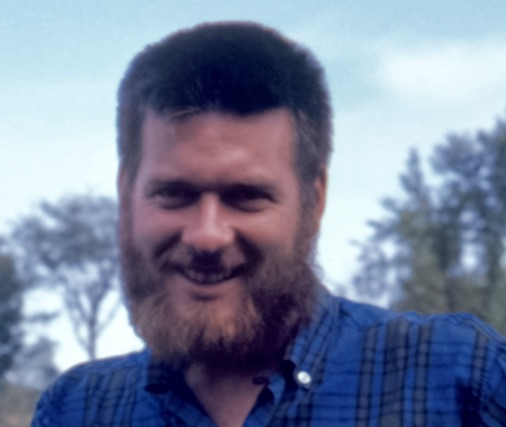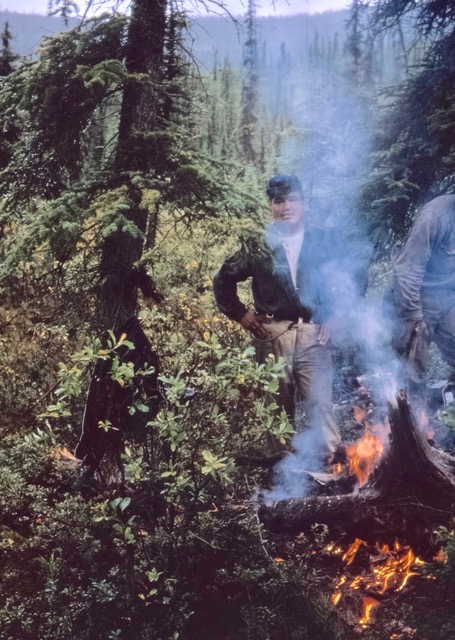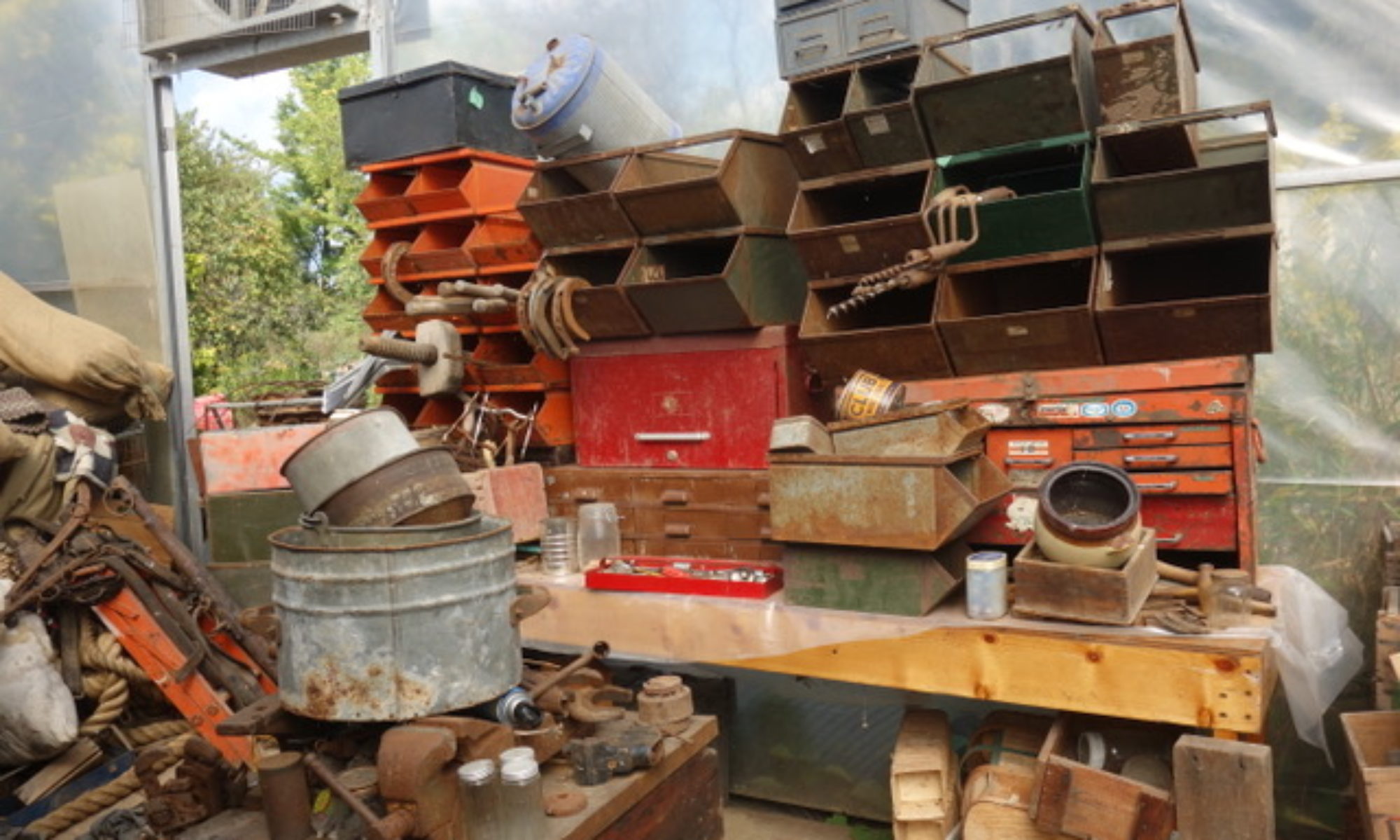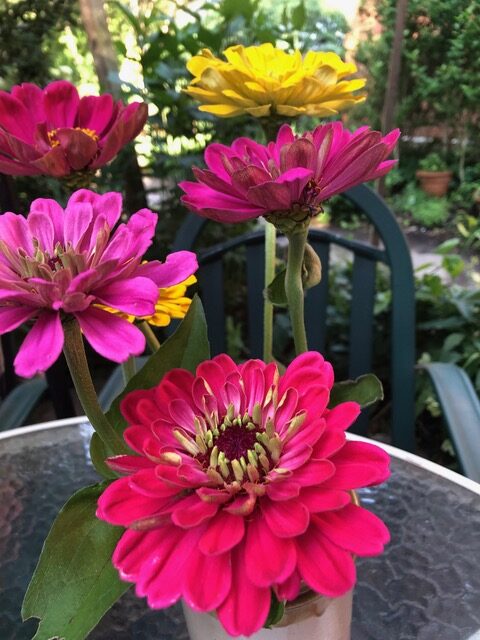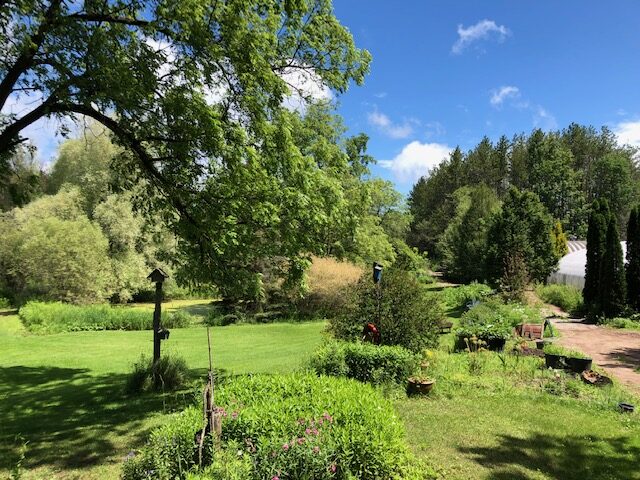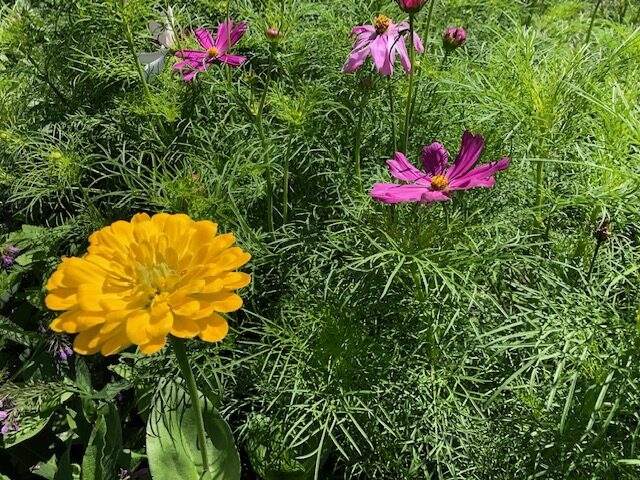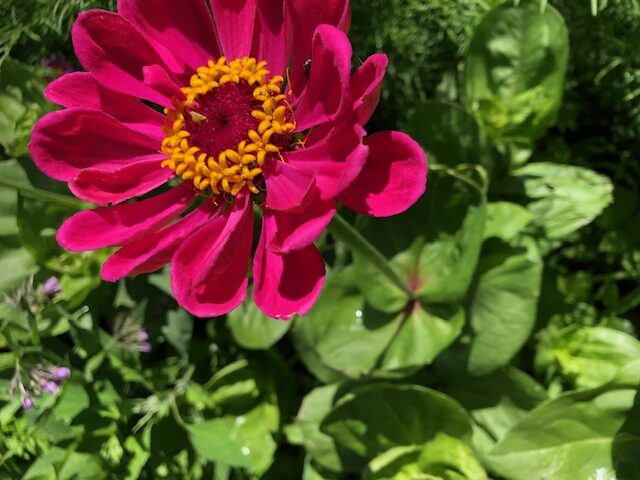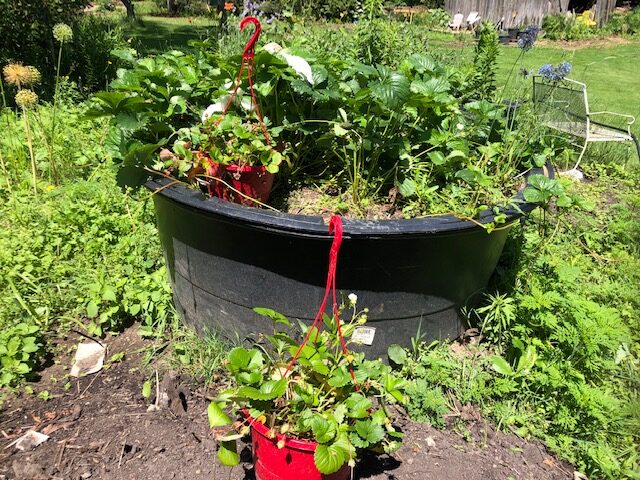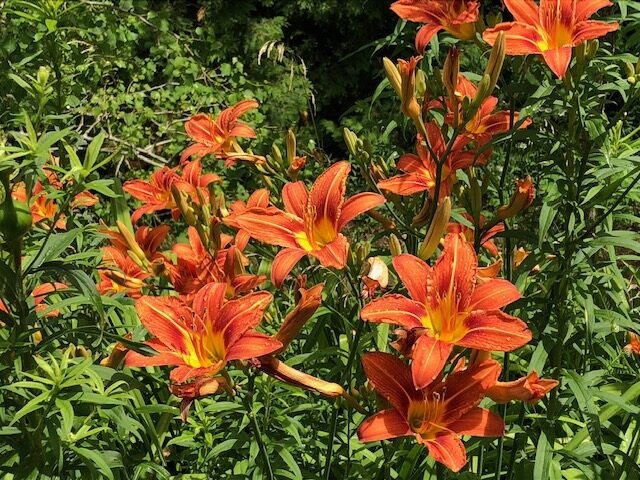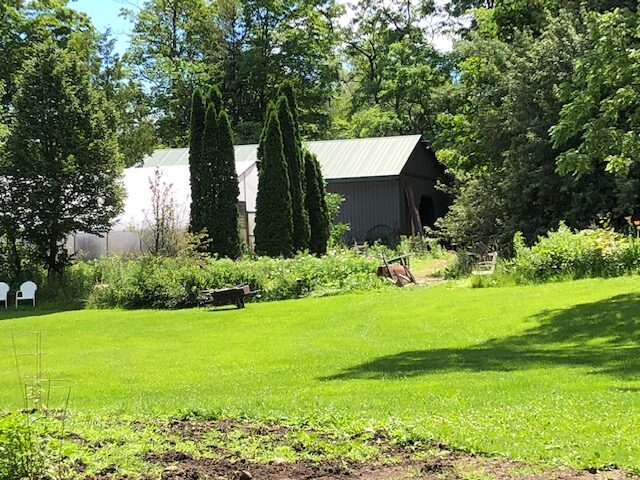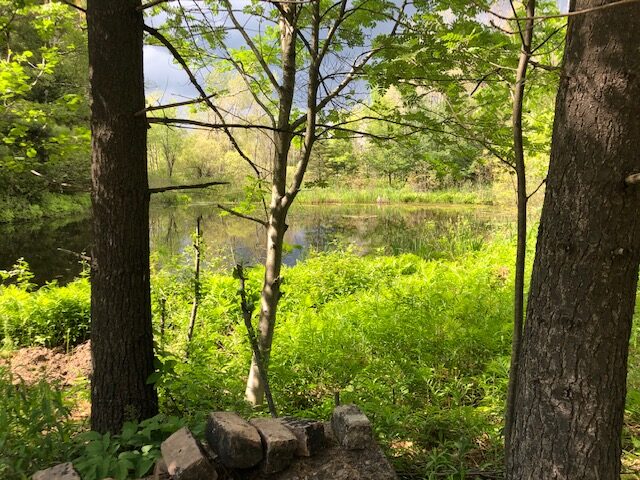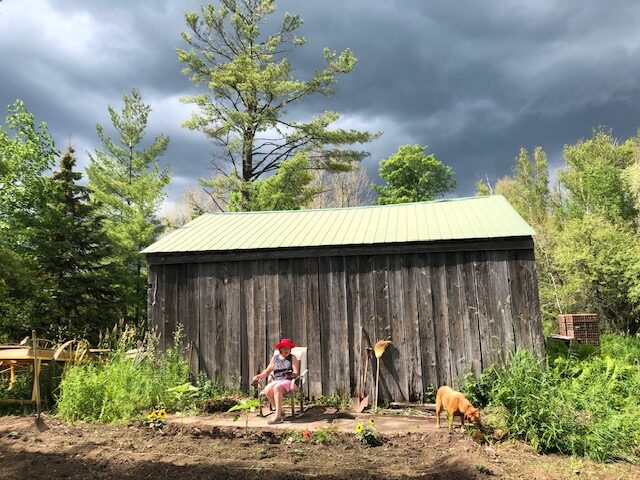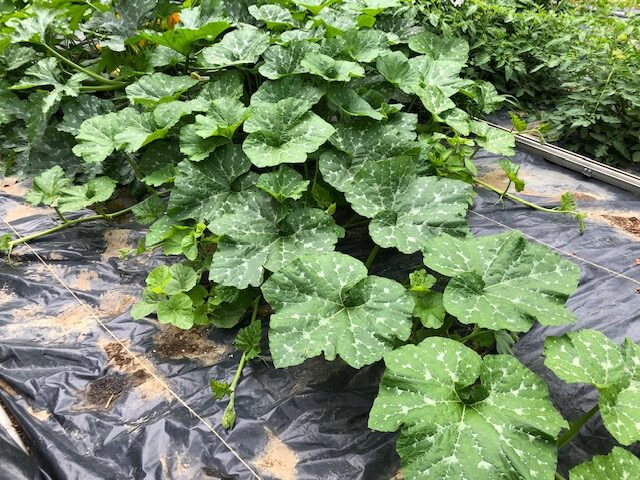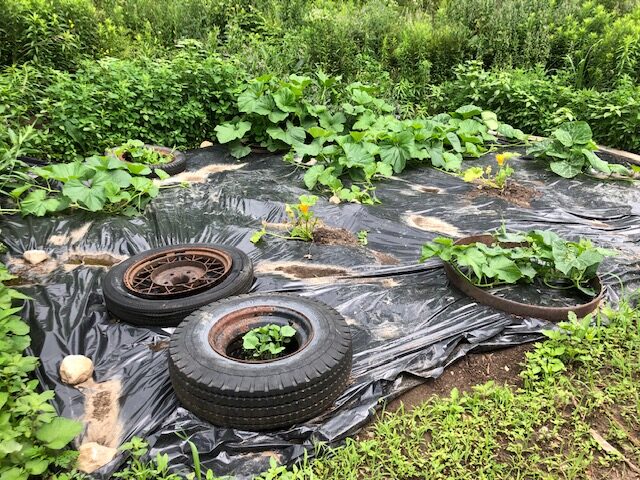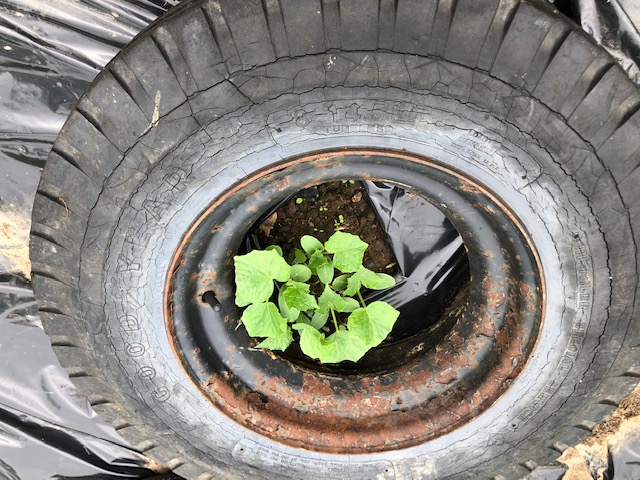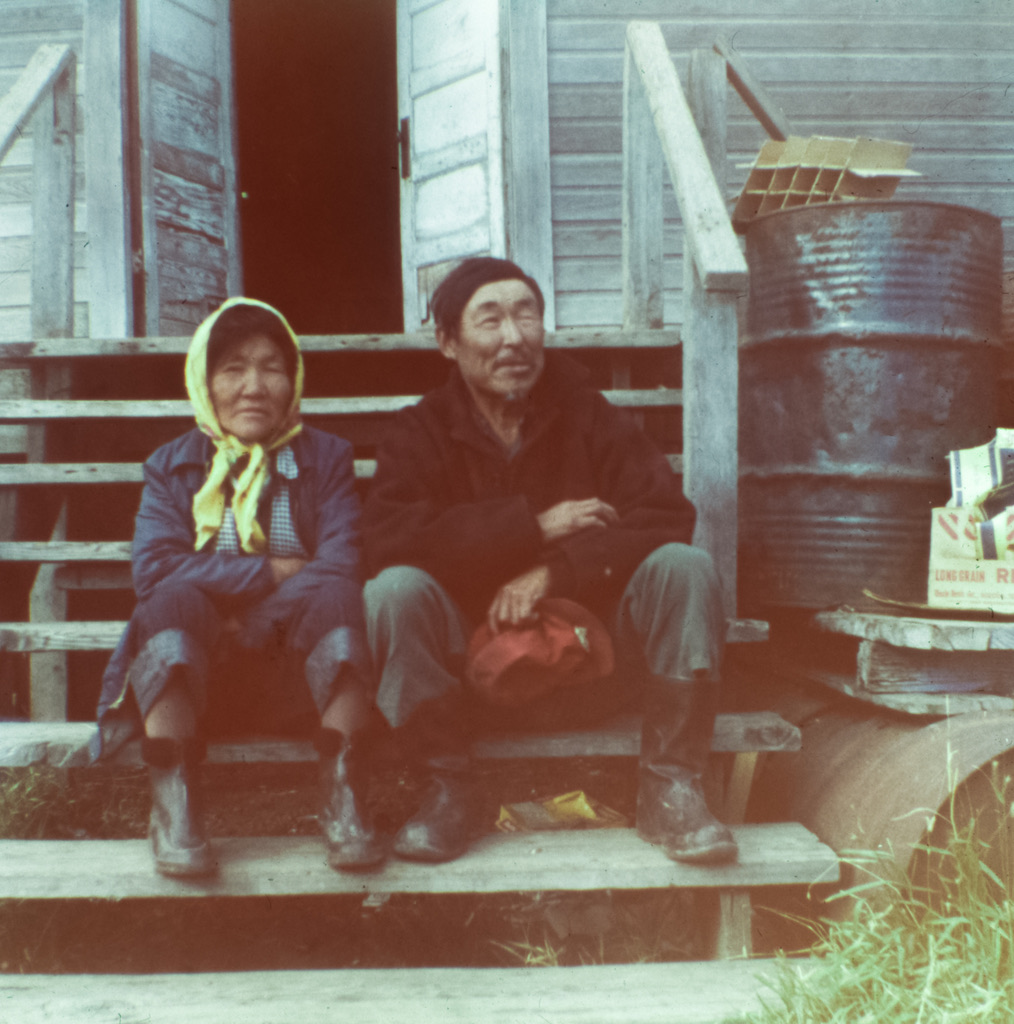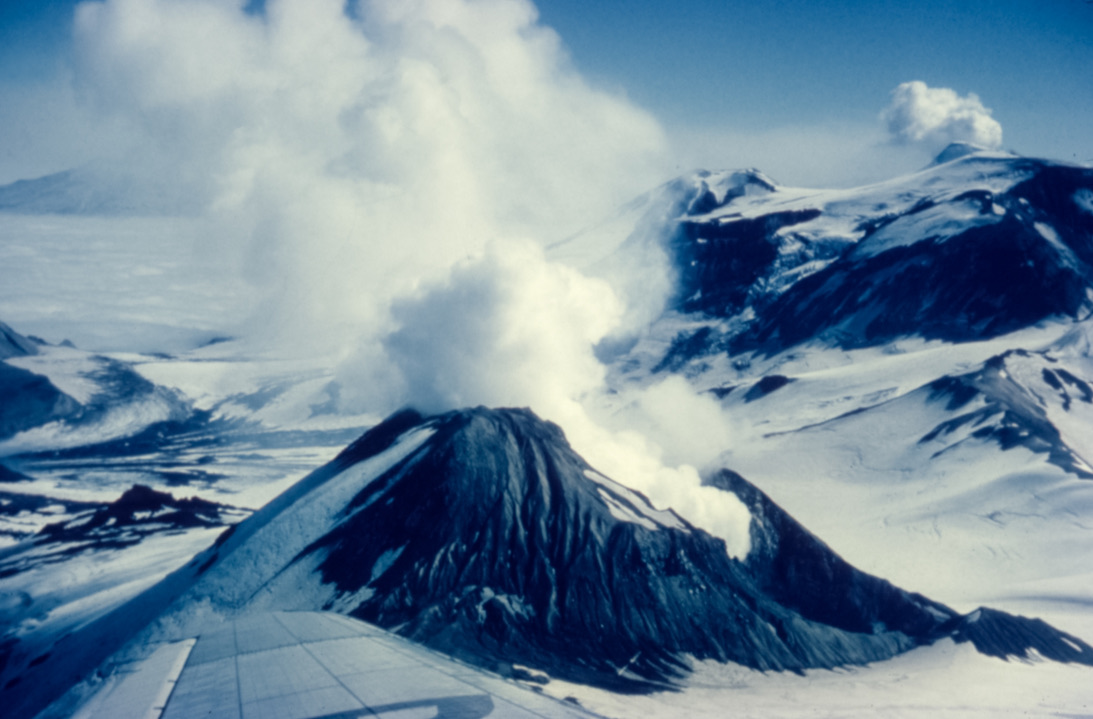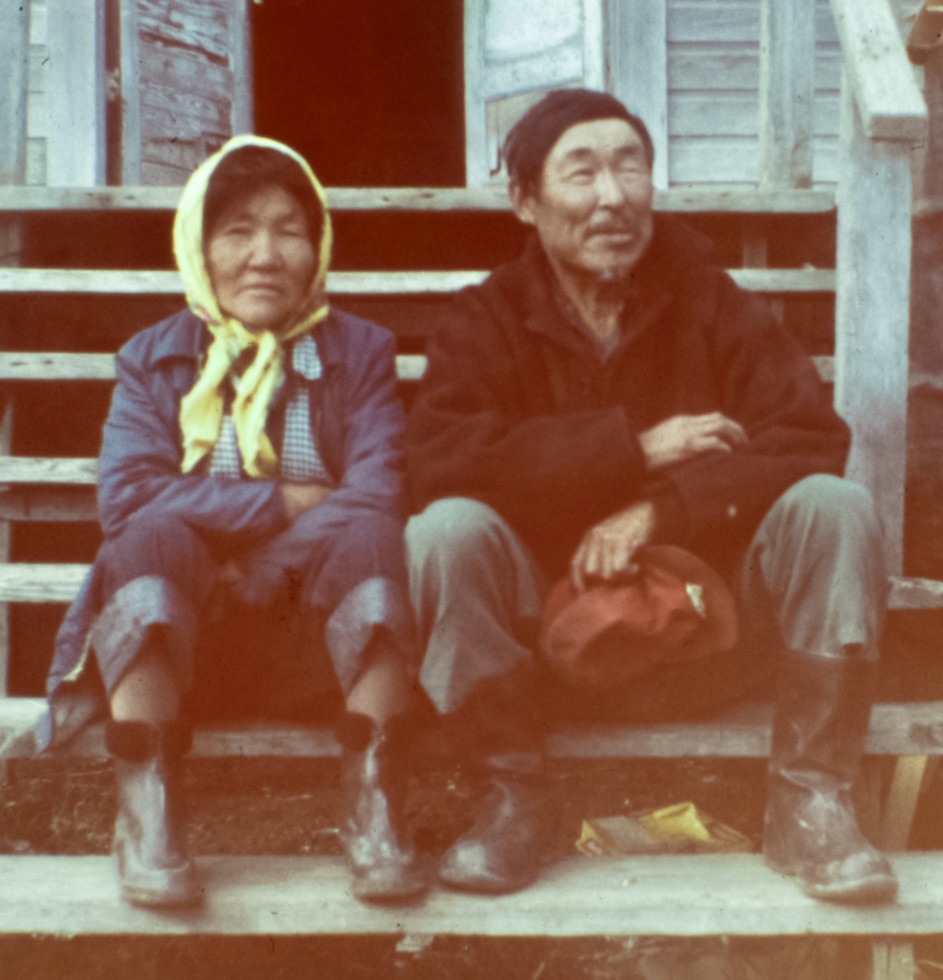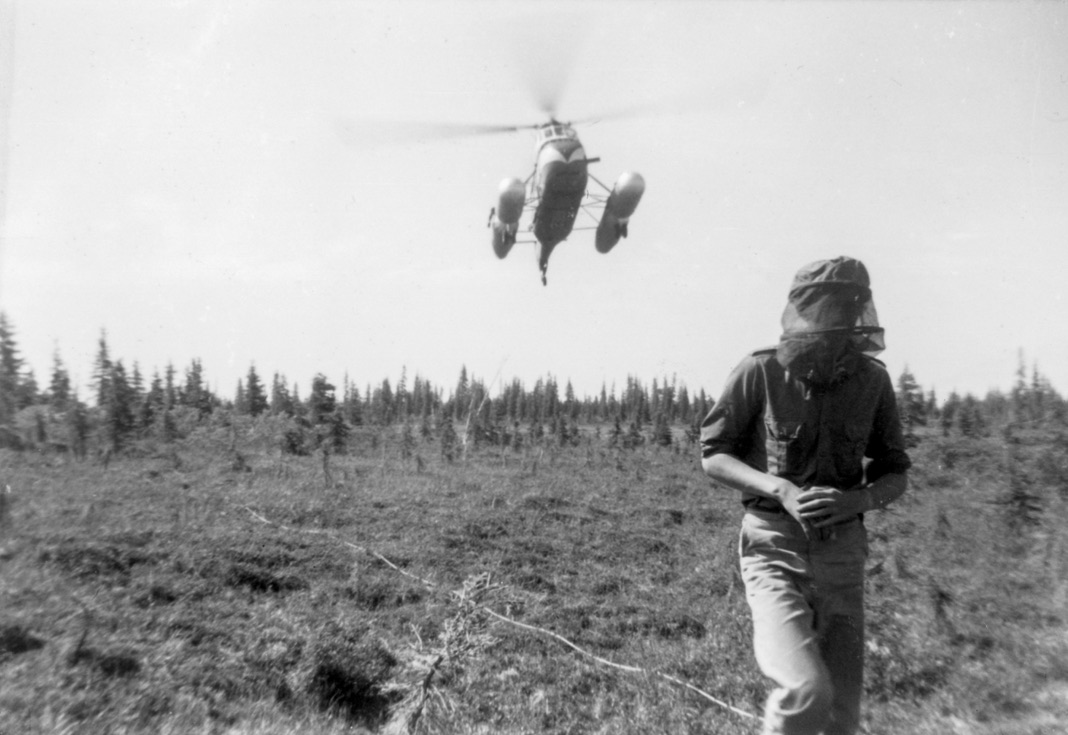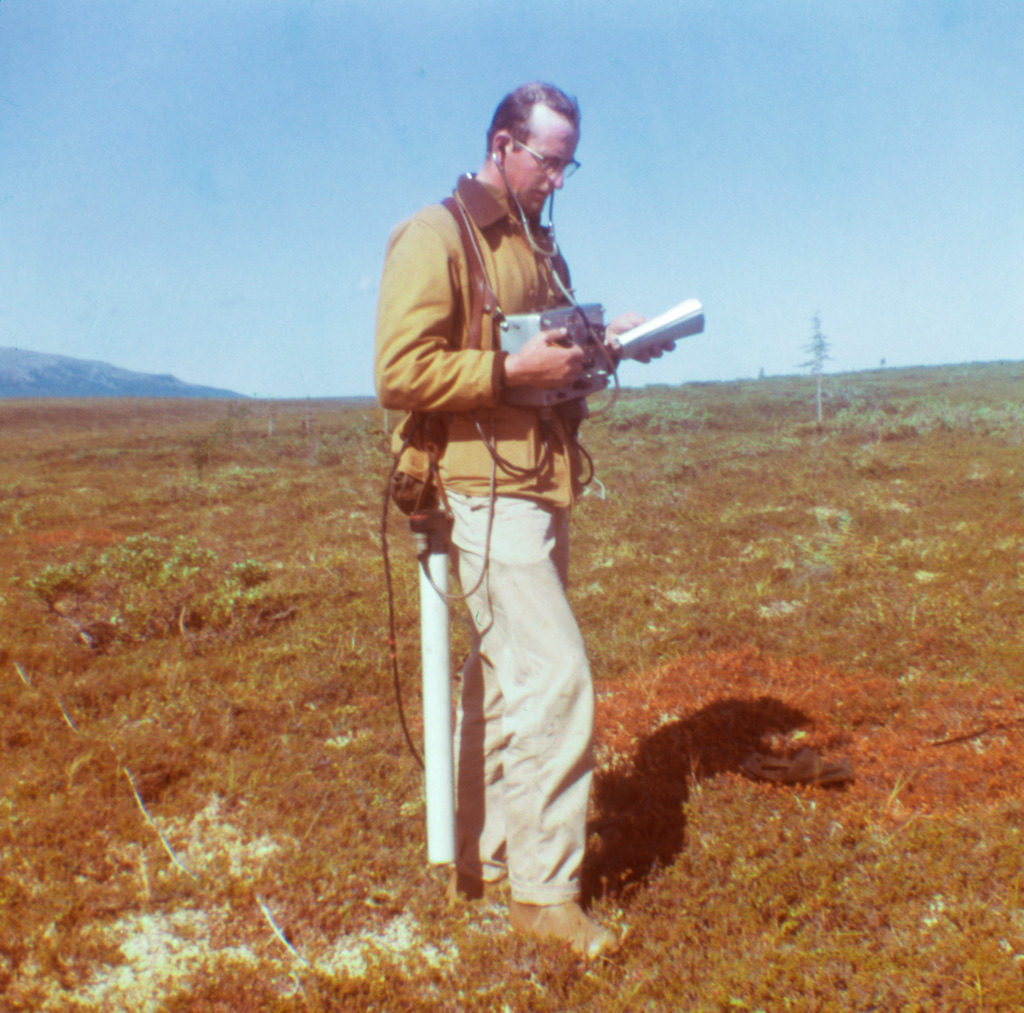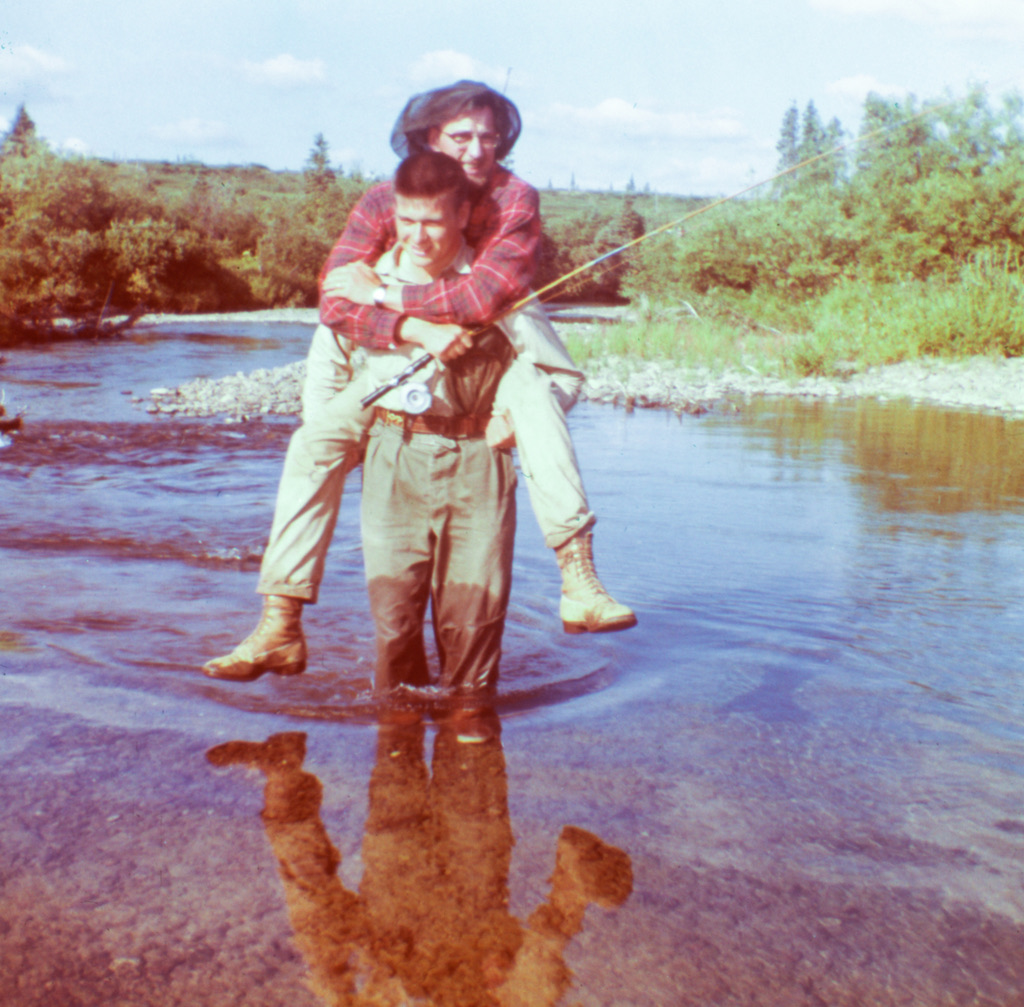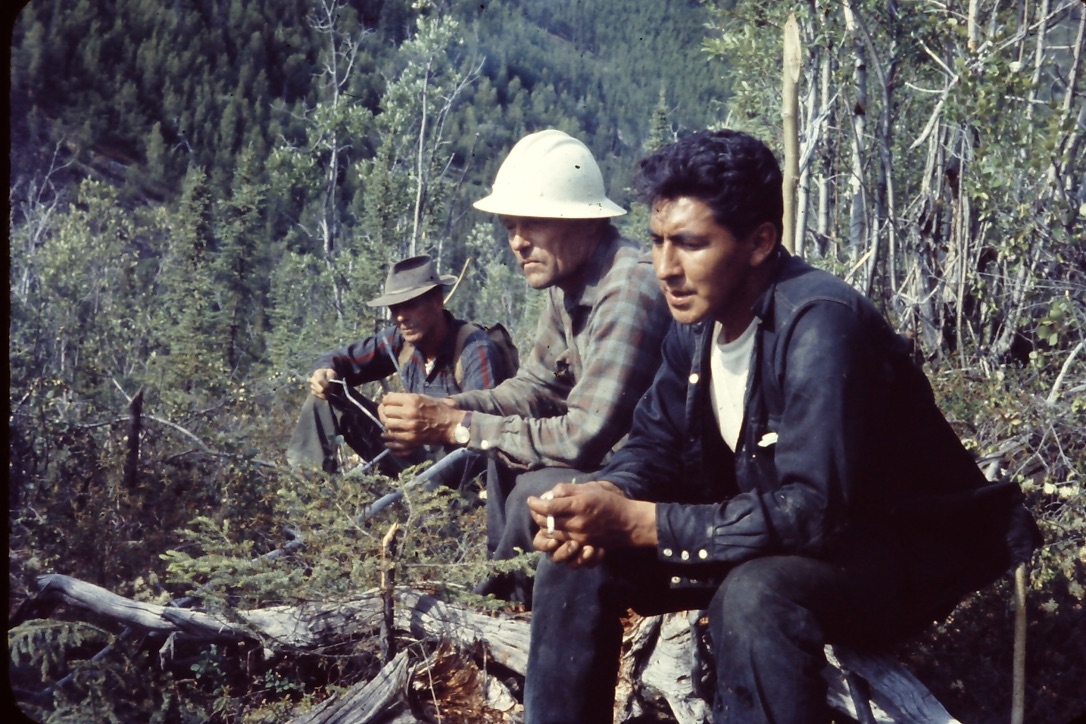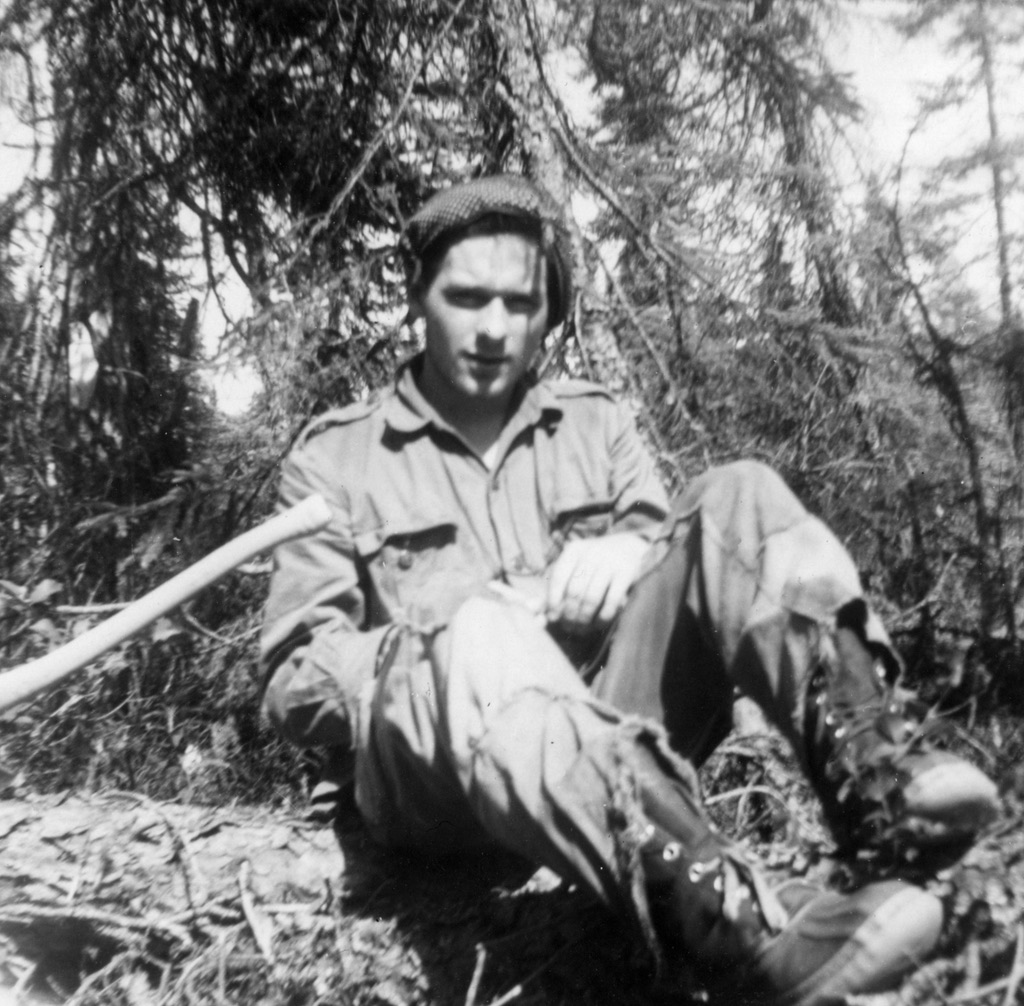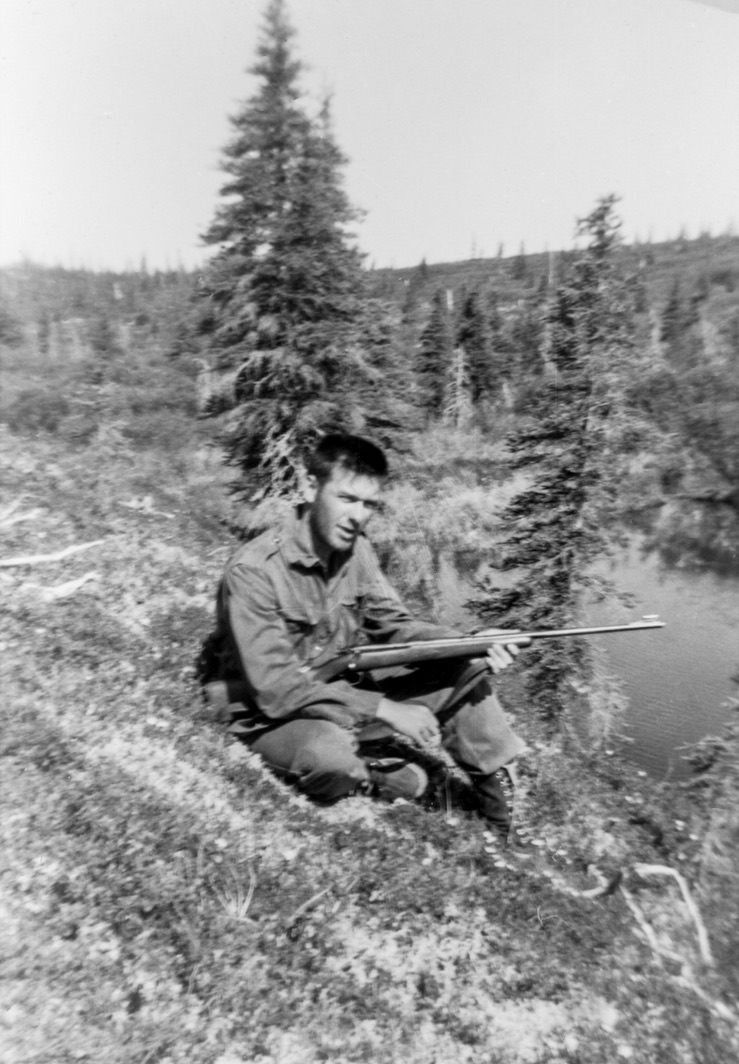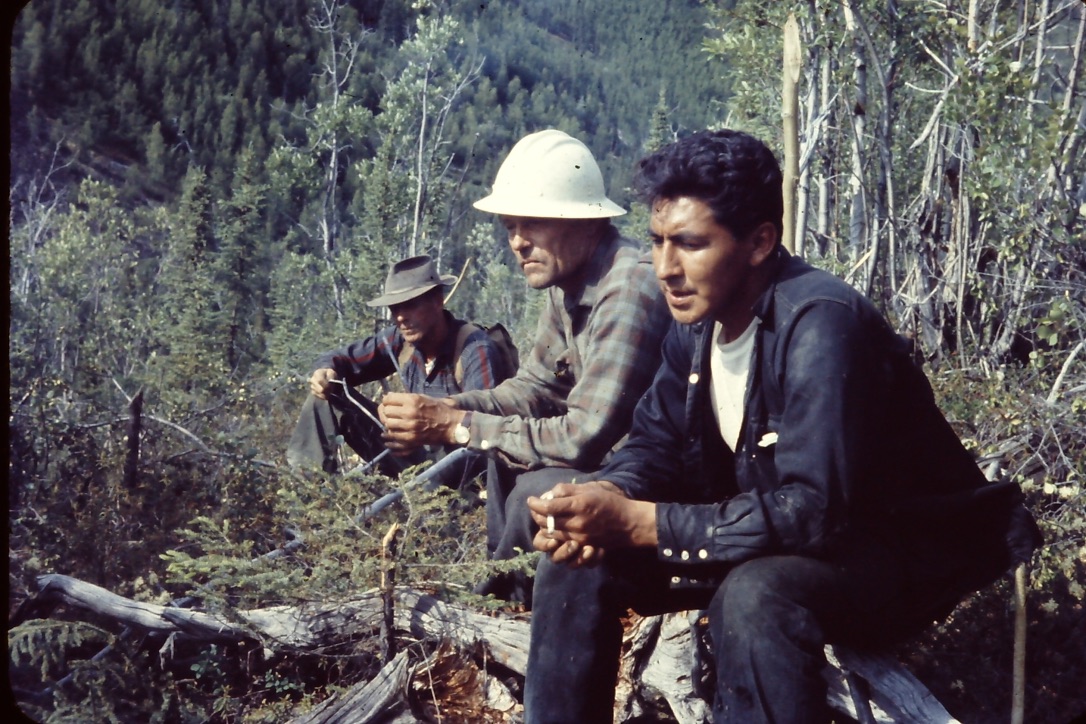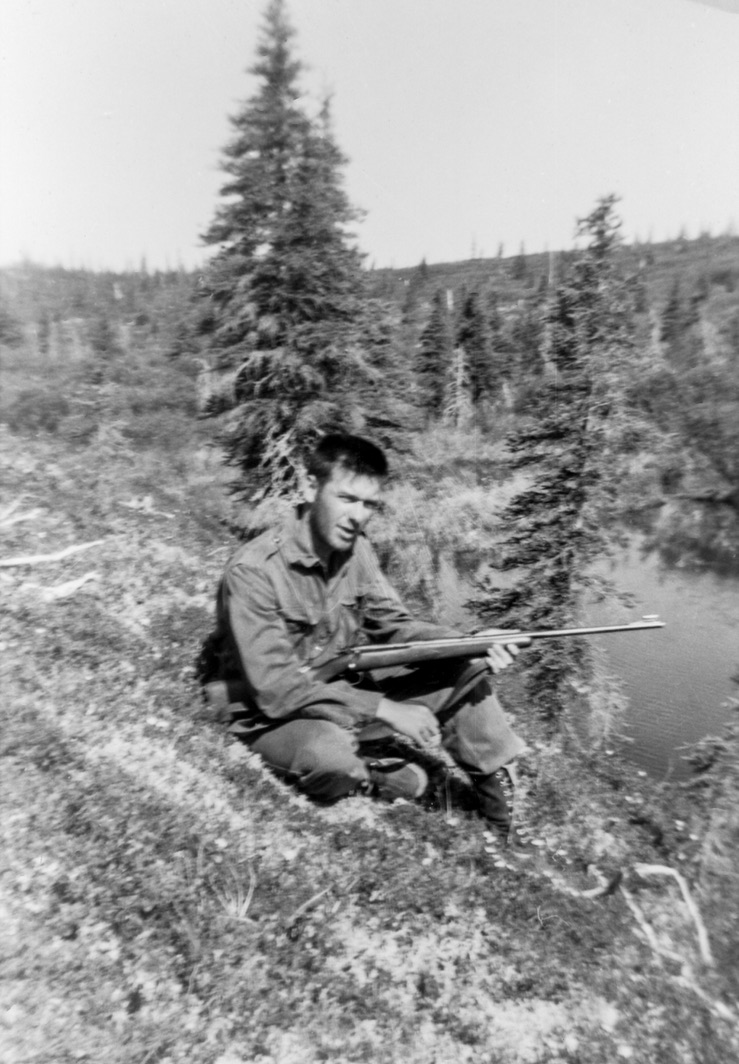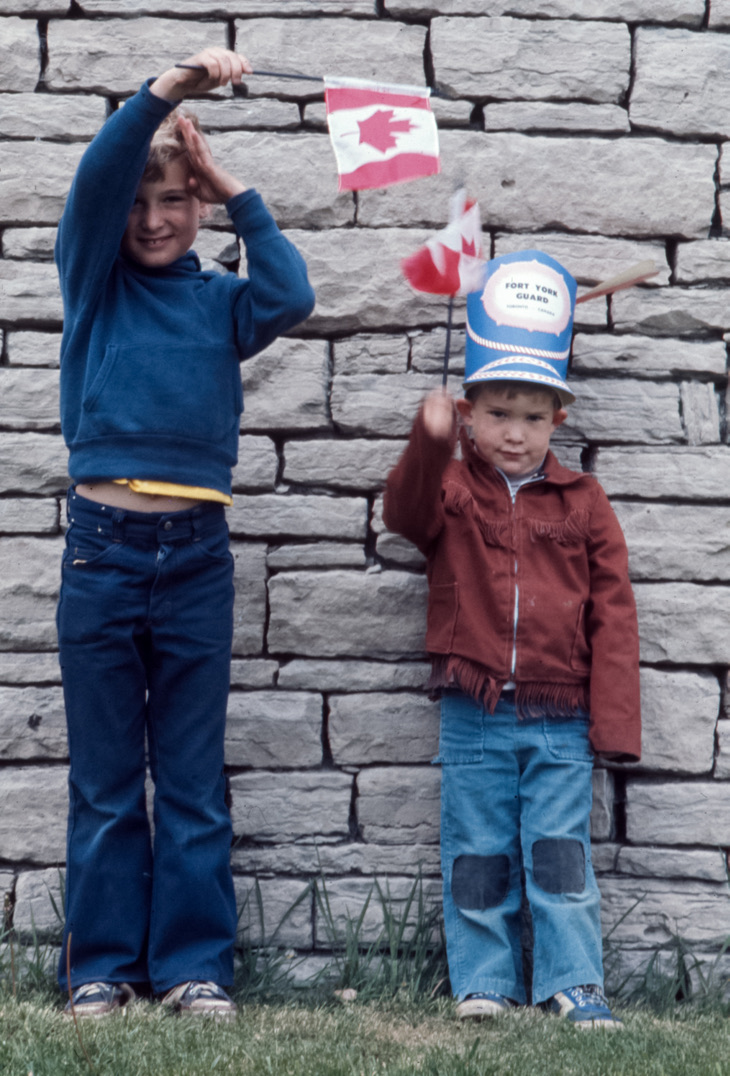EPISODE 381 MEMORIES OF INDIGENOUS PEOPLE: THE ALASKA INCIDENT 1960…ILL CONSIDERED PHOTOGRAPH TAKEN
alan skeoch
July 3, 2021
THIS IS A STORY ABOUT THE PICTURE BELOW…A YUPIK COUPLE ON THE EDGE OF THE BERING SEA
Should I have taken the picture (Below) ? I am not sure. In the back of mY mind at the time I wondered if my actions
were appropriate and that thought has stayed with me for 60 years. After much searching I found the picture
and replicated it below. The Yupiks were very friendly, perhaps a little inebriated…perhaps not. The Yupik people
are Inuit. Their territory covers the vast barren southwest corner of Alaska…fronting on the Bering Sea north of
the Aleutian Chain. Dillingham, Alaska…a salmon fishing and canning centre. Called a City but really barely a town.
Over one tenth of the population live below the poverty line. Crime is high. Those facts have not changed in the
last 60 years.
In 1960, I was quite unaware of Dillingham. I had never heard of a Yupik.
“Alan, you will be going to Alaska
on a Turam job…wear some good clothes to impress our Humble Oil contractors…searching for copper…Our crew will
be setting up diamond drill sites. Big project, there will be two Sikorsky helicopters at the campsite. Bottom line!
You guys have make a good impression.”
MAKING A GOOD IMPRESSION
Time has passed, I can say more about the job now. Dr. Paterson got us all Green Cards which meant we had skills that no one else in the United States had.
Partly true. Bill Morrison taught us all we needed to know about the Turam method of detecting mineral conductors deep under
overburden. Simple put, we were trained to use a motor generator and a mile of copper shielded cable to push an electrical
current into the ground and take readings of that current on a grid. If there was a conductor …i.e. a great lump of chalcopyrite
under the ground… then we could detect an ‘anomaly’ that just might be important.
Were we important people? Specially trained? Who were we really? Three of us were students at
the University of Toronto…Don VanEvery, Ian Rutherford and Alan Skeoch…two maths and physics
student and one history student. (What the hell was a history student doing here? Good question.
I preferred to keep that part of my background invisible.) Bill Morrison was the Turam expert and
I became his assistant. Called ‘field men’…i.e. no engineering degrees. The brains of our team
were Dr. John Stam, a true geophysicist, and Mike Chinnery, a recent geophysical grad from England.
Were we important people. Felt that way even if it was a bluff. One thing for sure was that we seemed
important people to the two Yupik residents sitting on a wooden stoop
in a town that to me in 1960, was unremarkable save for its salmon cannery and huge pile of beer bottles in the garbage dump.
IMPORTANT PEOPLE!
For some strange reason be landed in Saskatoon en route to Anchorage, Alaska.
Even now so many years later this photo confirms our self importance. Don VanEvery,
Ian Rutherford and Mike Chinnery. Geophysical prospectors. Suits!!
In the Ancharage airpot diner I ordered ‘Milk Toast’ for breakfast because it sounded sophisticated.
Turned out to be baby food which gave the team a laugh.
Leaving Anchorage we boarded a smaller prop driven passenger plane…a Fokker F 27.
“Well , boys, we
can now say we flew in a Fokker.”
“Are not all airplanes Fokkers at one tome or another.”
(laughter)
We flew over the Alaskan
Valley of Ten Thousand Smokes where the crust of the earth is thin and the seething cauldron of molten
stone beneath us comes to the surface.
We flew westward for a couple of hours or more. Beneath us the land looked empty. Then a strange thing
happened. At least in my memory it was strange. A crew member came back and hand cranked down the the landing
gear. The F 27 could land on water as well as land. Hand cranked? Why? had the hydraulics failed?
Ah, yes, the passenger terminal at Dillingham, Alaska, in 1960. That could have been
a farmers’ drive shed back in Ontario but, here, in Dillingham it was the contact point with
the outside world.
Mike Chinnery and Alan Skeoch have kept up the pomposity four U.ofT. blazers. Ian and Don have relaxed.
We only stayed in Dillingham for an hour or so. Just enough time for us to meet the two Yupik people and a chance
to see a Yupik fish camp on the edge of the Bering Sea where we had our fuel dump.
The S 52’s were revving up when I ran to the beach to get this photo. Why were the hanging carcasses of
split salmon not bright red? Simple answer. Because they were covered with flies.
At some point we met the Yupik man and wife. At that point I took their picture. Talk about aggorgance.
…self-importance…rudeness…holier than thou thinking.
Everything was moving so fast. At the time I thought we would meet
many indigenous people. Wrong. These two were the onlyYupiks we
saw on the whole summer job.
Isn’t that strange? Why were the indigenous people so invisible?
Then we spent the summer being ferried by helicopter here and there across the empty space of SW Alaska. We never even spotted
another Yupik.
Bill Morrison with the Turam console…
Bill Morrison expected me to help him with his main love…fishing. We could fish while the midnight sun shone.
Of course this is an exaggeration.
A barren land cut by occasional river valleys. Thousands of years ago the Yupik people crossed here from Siberia.
ALASKA 1960: There were 31 of us on the job…25 American diamond
drillers and 6 Canadians using a Turam geophysical instrument to site drill sites in the great
emptiness of south west Alaska…north of the Aleutian Chain.
What I do remember clearly is that three of us, Canadians, proudly sported our University of Toronto dress
jackets. Anglo Canadians with specialized knowledge. Proud and arrogrant we must have appeared.
We only had a few minutes in Dillingham before we
were to be ferried by big Sikorsky helicopters to our tent campsite in the interior.
I did not think. Sitting on the doorstep in the village were two indigenous people. Likely Yupik. A Man and his wife…older…
perhaps in their 60’s. Both seemed either super friendly or somewhat inebriated. Without asking I took their picture. Think about that. These two Inigenous
Americans were treated like I had been years earlier in a rock outcrop in northern Quebec…subjects of photography.
In this case, however, I was the photographer just like the priest and his carload on the Opemiska road.
For the rest of the summer on the barren lands we never saw a native person. Yet this was their home.
None were part of our crews. They were the only indigenous people we met. WE flew in…did our
survey…and flew out. I never even asked their names.
Somewhere I have another picture. Not proud of it. When the Yupik man got up to shake my hand he
fell flat on his face. I helped him to his feet and asked one of our crew to take picture of us.
I was wearing my University of Toronto dress jacket. He was wearing the clothes you see in the picture.
Even then, back in late May 1960, I felt uncomfortable about that picture. I had crossed a line. Violated
a trust. Exploited a situation.
Today, in the bright lights of awareness of others, I would not have taken those pictures.
What should I have done? The same thing that most people would have done…pretended
these indigenous people did not exist. Which is worse?
alan skeoch
July 2021
WHO ARE THE YUPIK PEOPLE?
Population[edit]
As of the 2002 U.S. Census, the Yupik population in the
United States numbered more than 24,000,
[4] of whom more than 22,000 lived in Alaska, the vast majority in the seventy or so communities in the traditional Yup’ik
